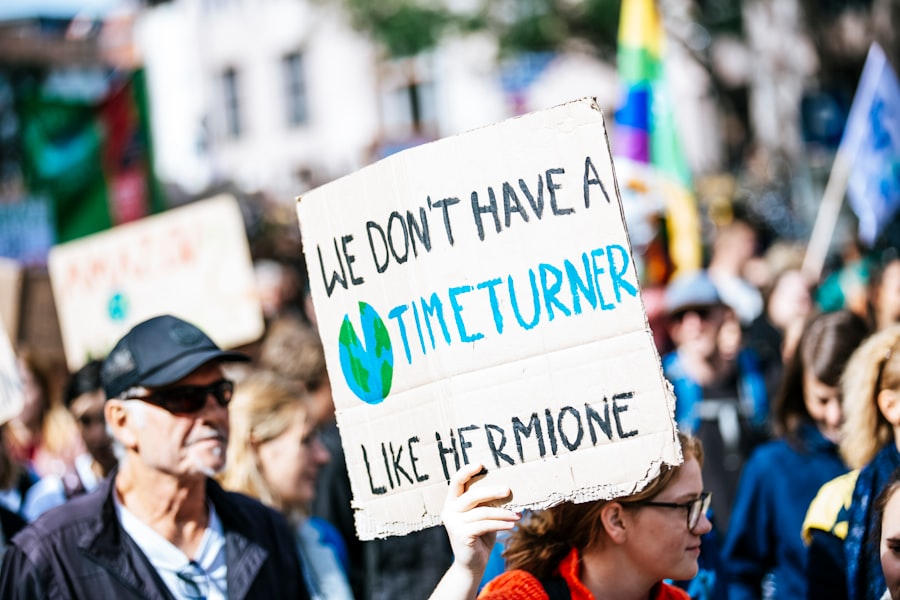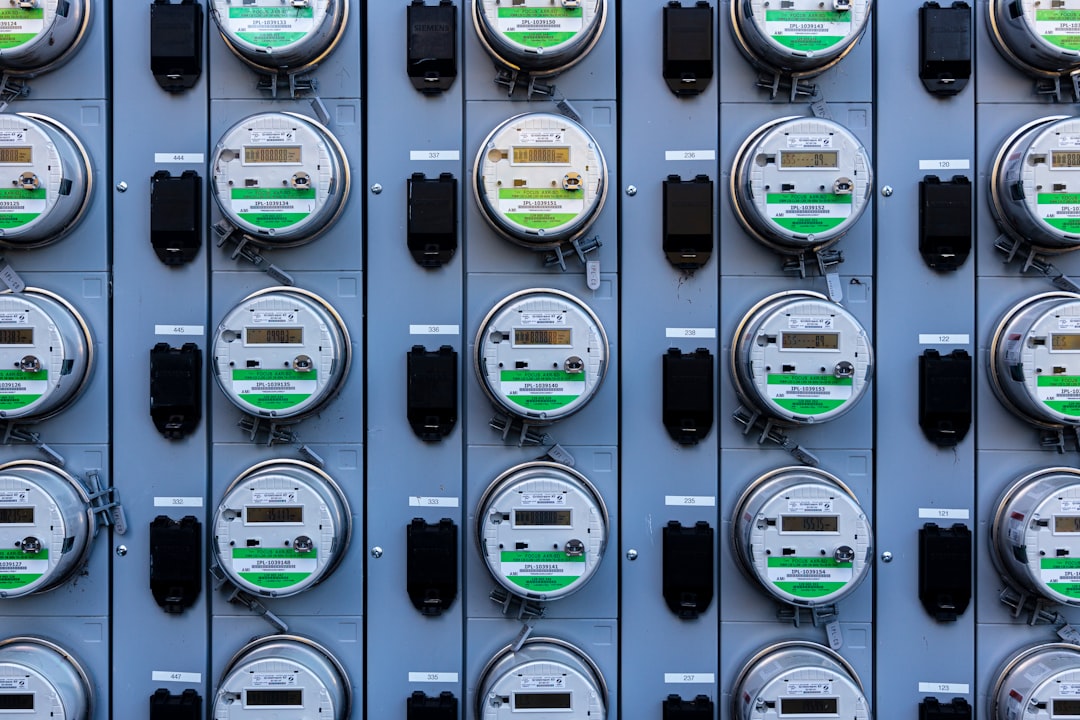When you decide to undergo laser hair removal, it’s essential to grasp how the process works. At its core, laser hair removal utilizes concentrated beams of light to target and destroy hair follicles. The laser emits a specific wavelength that is absorbed by the pigment in the hair, leading to its destruction while leaving the surrounding skin unharmed.
This method is not only effective but also relatively quick, making it a popular choice for those seeking a long-term solution to unwanted hair.
Hair grows in cycles, and the laser is most effective during the active growth phase.
Therefore, you may need to schedule several appointments spaced weeks apart to ensure that all hair follicles are treated effectively. Understanding this cycle can help set realistic expectations for your results and the timeline of your hair removal journey.
Key Takeaways
- Laser hair removal targets hair follicles with concentrated light energy to inhibit future hair growth
- Shave the treatment area before the session and avoid sun exposure and tanning beds for at least 6 weeks prior
- Do: Apply ice packs or aloe vera gel to soothe any discomfort; Don’t: Use hot showers, saunas, or harsh skincare products
- Do: Exfoliate gently and moisturize regularly; Don’t: Wax, pluck, or use depilatory creams
- Manage discomfort with cool compresses and over-the-counter pain relievers as needed
- Shield treated areas from the sun with SPF 30+ sunscreen and protective clothing
- Moisturize daily and schedule touch-up sessions as needed; Don’t: Over-exfoliate or use harsh chemicals on the skin
- Avoid picking or scratching the treated area, and refrain from excessive sun exposure or hot showers
Preparing for Laser Hair Removal Aftercare
Preparation for aftercare begins even before your first session. You should take time to educate yourself about what to expect post-treatment.
It’s advisable to avoid sun exposure and tanning beds for at least two weeks before your appointment, as tanned skin can increase the risk of complications and reduce the effectiveness of the treatment. Additionally, you should refrain from using any products that could irritate your skin in the days leading up to your session. This includes exfoliants, retinoids, and certain acne medications.
By keeping your skin calm and free from irritants, you can help ensure a smoother treatment experience and better results. Preparing your skin in this way not only enhances the effectiveness of the laser but also minimizes potential side effects.
Dos and Don’ts for the First 24 Hours After Treatment

After your laser hair removal session, the first 24 hours are crucial for ensuring proper healing and minimizing discomfort. One of the most important dos is to keep the treated area clean and dry. Gently cleanse the area with mild soap and water, avoiding any harsh scrubs or exfoliants that could irritate your skin.
Mayo Clinic Patting the area dry with a soft towel is recommended, as rubbing can lead to further irritation. Conversely, there are several don’ts you should keep in mind during this initial period. Avoid hot baths, saunas, or intense workouts that could cause excessive sweating.
Heat can exacerbate irritation and increase the risk of complications. Additionally, steer clear of applying makeup or any skincare products that contain fragrances or harsh chemicals for at least 24 hours post-treatment. Your skin will be sensitive, and allowing it to breathe will aid in its recovery.
Long-Term Aftercare: Dos and Don’ts for the Weeks Following Treatment
| Dos | Don’ts |
|---|---|
| Attend support group meetings regularly | Isolate yourself from support systems |
| Follow the aftercare plan provided by your treatment facility | Ignore the advice and recommendations of your healthcare providers |
| Engage in healthy activities and hobbies | Engage in high-risk situations or environments |
| Communicate openly with your support network | Keep your struggles and challenges to yourself |
| Seek professional help if you experience a relapse | Feel ashamed or guilty about seeking help if you relapse |
As you move beyond the first day after your treatment, long-term aftercare becomes essential for maintaining healthy skin and achieving the best results from your laser hair removal sessions. One of the key dos during this period is to stay hydrated. Drinking plenty of water helps keep your skin moisturized from within, promoting healing and reducing dryness or irritation.
On the other hand, there are several don’ts that you should adhere to in the weeks following your treatment. Avoid direct sun exposure as much as possible, as UV rays can lead to pigmentation changes in treated areas. If you must be outside, wearing protective clothing and applying a broad-spectrum sunscreen with a high SPF is crucial.
Additionally, refrain from waxing or plucking hair in treated areas; instead, allow any regrowth to fall out naturally as your hair follicles are still in the process of being treated.
Managing Discomfort and Side Effects After Laser Hair Removal
Experiencing some discomfort after laser hair removal is common, but there are effective ways to manage it. One of the best strategies is to apply a cold compress to the treated area. This can help soothe any redness or swelling that may occur after your session.
You might also consider over-the-counter pain relief medications if you find that discomfort persists beyond what is manageable. It’s also important to recognize potential side effects that may arise after treatment. These can include redness, swelling, or even slight blistering in some cases.
While these symptoms are typically temporary, monitoring them closely is essential. If you notice any unusual changes or if side effects persist longer than expected, don’t hesitate to reach out to your practitioner for guidance.
Protecting Your Skin from Sun Exposure After Laser Hair Removal
Sun protection is a critical aspect of aftercare following laser hair removal. Your skin will be more sensitive than usual, making it susceptible to sunburn and pigmentation changes. To protect your skin effectively, you should apply a broad-spectrum sunscreen with an SPF of at least 30 every day, even on cloudy days or when staying indoors near windows.
In addition to sunscreen, consider wearing protective clothing such as wide-brimmed hats or long sleeves when spending extended periods outdoors. This added layer of protection can significantly reduce your risk of sun damage while allowing your skin to heal properly. Remember that taking these precautions not only aids in recovery but also enhances the longevity of your laser hair removal results.
Tips for Maintaining Smooth, Hair-Free Skin After Laser Hair Removal
Once you’ve completed your laser hair removal sessions, maintaining smooth, hair-free skin becomes a priority. One effective tip is to establish a regular skincare routine that includes gentle exfoliation once or twice a week. This helps remove dead skin cells and prevents ingrown hairs from forming, which can be a concern after hair removal treatments.
Additionally, moisturizing regularly is vital for keeping your skin hydrated and healthy. Look for products that are free from harsh chemicals and fragrances to avoid irritation. Incorporating soothing ingredients like aloe vera or hyaluronic acid can further enhance your skincare routine and promote a smooth complexion.
Common Mistakes to Avoid in Laser Hair Removal Aftercare
As you navigate through your laser hair removal journey, being aware of common mistakes can help you achieve better results and avoid complications. One frequent error is neglecting sun protection after treatment. Many people underestimate how sensitive their skin will be post-session and fail to apply sunscreen consistently.
This oversight can lead to unwanted pigmentation changes that may be difficult to reverse. Another mistake is attempting to remove hair through methods like waxing or tweezing between sessions. Doing so can disrupt the hair growth cycle and hinder the effectiveness of future treatments.
Instead, allow any regrowth to occur naturally until your next appointment. By avoiding these common pitfalls and adhering closely to aftercare guidelines, you can maximize the benefits of your laser hair removal experience and enjoy long-lasting results.
After undergoing laser hair removal, it is crucial to follow the dos and don’ts of aftercare to ensure optimal results. One important aspect of aftercare is protecting your skin from the sun, as exposure can lead to complications. For more information on how to properly care for your skin post-laser hair removal, check out this article on The Importance of Sun Protection After Laser Hair Removal. This article provides valuable tips on how to shield your skin from harmful UV rays and maintain the results of your treatment.
FAQs
What is laser hair removal aftercare?
Laser hair removal aftercare refers to the steps and precautions that should be taken after undergoing a laser hair removal treatment to ensure the best results and minimize any potential side effects.
What are the dos of laser hair removal aftercare?
Some dos of laser hair removal aftercare include keeping the treated area clean and moisturized, avoiding sun exposure, wearing sunscreen, and following the specific aftercare instructions provided by the treatment provider.
What are the don’ts of laser hair removal aftercare?
Some don’ts of laser hair removal aftercare include avoiding hot showers, saunas, and excessive sweating, refraining from picking or scratching the treated area, and staying away from harsh chemicals or exfoliants.
How long should I wait before exposing the treated area to the sun after laser hair removal?
It is recommended to wait at least 2 weeks before exposing the treated area to the sun after laser hair removal. Additionally, wearing sunscreen with a high SPF is advised to protect the skin.
Can I shave or use hair removal creams after laser hair removal?
Shaving is generally allowed after laser hair removal, but using hair removal creams or waxing is not recommended as they can interfere with the hair follicles targeted by the laser.
Is it normal to experience redness or swelling after laser hair removal?
It is normal to experience some redness and swelling after laser hair removal, but these side effects should subside within a few hours to a few days. If the symptoms persist or worsen, it is important to contact the treatment provider.
How long should I wait between laser hair removal sessions?
The recommended time between laser hair removal sessions varies depending on the individual and the treated area. Typically, sessions are scheduled 4-6 weeks apart for the face and 8-12 weeks apart for the body.
Can I use ice packs to soothe the treated area after laser hair removal?
Using ice packs to soothe the treated area after laser hair removal is generally safe and can help reduce any discomfort or swelling. It is important to wrap the ice pack in a cloth to avoid direct contact with the skin.
What should I do if I experience blistering or crusting after laser hair removal?
If blistering or crusting occurs after laser hair removal, it is important to keep the area clean and dry, avoid picking at the affected skin, and contact the treatment provider for further guidance.
Can I apply makeup or use skincare products after laser hair removal?
It is generally safe to apply makeup and use skincare products after laser hair removal, but it is important to choose gentle, non-irritating products and avoid any exfoliation or harsh chemicals on the treated area.





